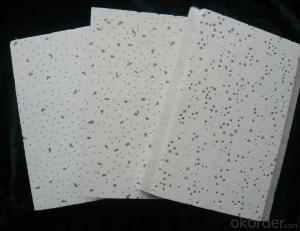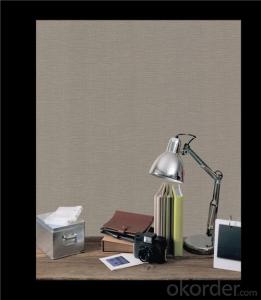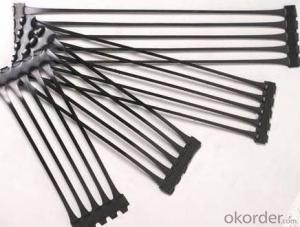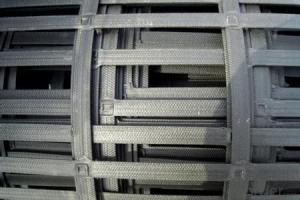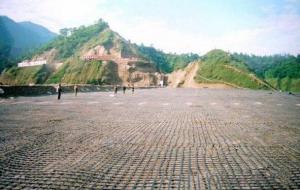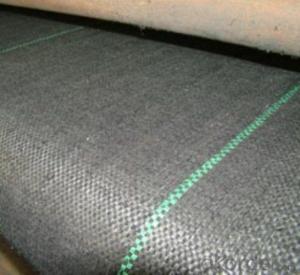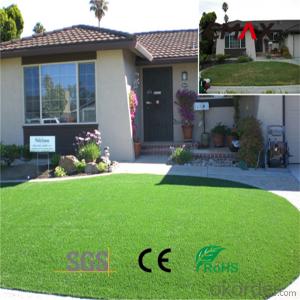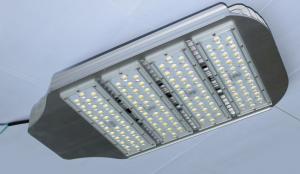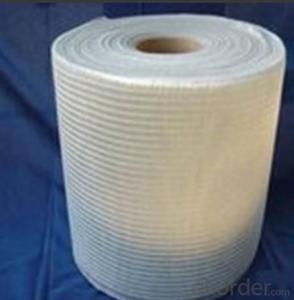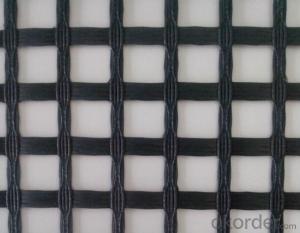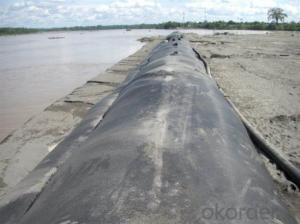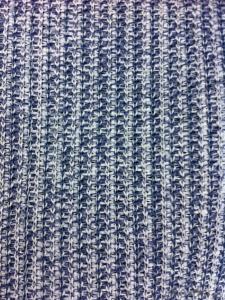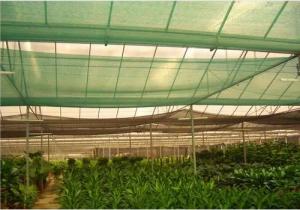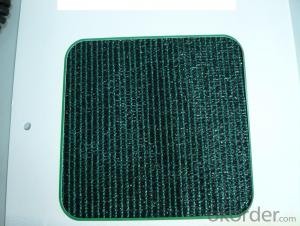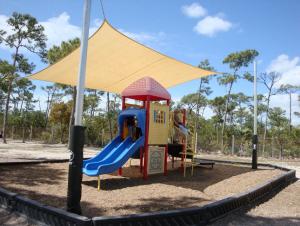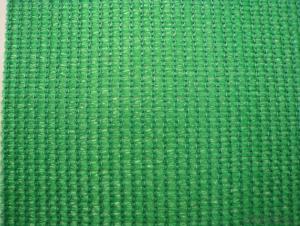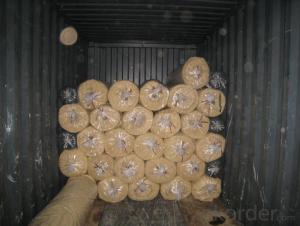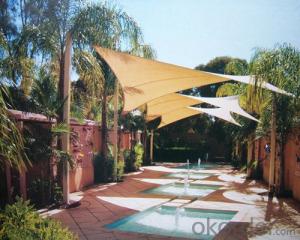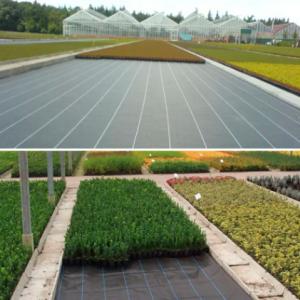Geogrid Fabric Cost
Geogrid Fabric Cost Related Searches
Led For Cannabis Growing Fiberglass Sheets For Roofing Geogrid For Road Construction Geogrid For Erosion Control Geogrid For Soil Stabilization Geogrid For Horse Paddocks Geogrid For Gravel Geogrid For Pavers Geogrid For Steep Slopes Geogrid For DrivewaysHot Searches
Tilt Panel Props For Sale Fiberglass Scaffolding For Sale Fiberglass Panels For Sale Fiberglass Greenhouses For Sale Geogrid Fabric For Sale Glass Wool Manufacturers In India Mineral Wool Insulation Price List Glass Wool Price List Glass Wool Price India Solar Panel Inverter Suppliers Q Cells Solar Panel Prices Tesla Solar Panel Inverter Geogrid Fabric Price Ceiling Fan Lowest Price Eps Panel Cost Geogrid Fabric Home Depot Geotextile Fabric Cost Per Square Foot Geotextile Filter Fabric Prices Geotextile Filter Fabric Specification Fiberglass Scaffolding For SaleGeogrid Fabric Cost Supplier & Manufacturer from China
Okorder.com is a professional Geogrid Fabric Cost supplier & manufacturer, offers integrated one-stop services including real-time quoting and online cargo tracking. We are funded by CNBM Group, a Fortune 500 enterprise and the largest Geogrid Fabric Cost firm in China.Hot Products
FAQ
- Plastic nets are commonly used for various purposes such as packaging, agriculture, construction, gardening, and even in the fishing industry.
- Plastic nets act as a physical barrier, effectively preventing animals from accessing and damaging garden structures. The nets create a barrier that animals cannot easily penetrate, keeping them away from plants, flowers, or other garden structures.
- Plastic nets can have negative impacts on soil health. When plastic nets are used for agricultural purposes, they can hinder the natural movement of air, water, and nutrients in the soil. This can lead to poor soil aeration, inadequate drainage, and limited nutrient availability for plants. Additionally, the accumulation of plastic debris in the soil can disrupt the soil ecosystem and harm beneficial soil organisms. Therefore, plastic nets should be used cautiously and proper disposal methods should be followed to minimize their adverse effects on soil health.
- Yes, plastic nets are commonly used in the poultry industry for various purposes such as creating partitions, providing support, and protecting birds from predators.
- There are various types of plastic nets available, including safety nets, bird nets, fishing nets, garden nets, and fencing nets. Each type serves a specific purpose, such as protecting crops or preventing birds from entering certain areas.
- Yes, plastic nets are commonly used in the transportation of goods. These nets are often used to secure and protect items during shipping and can be found in various industries such as agriculture, construction, and logistics. They are lightweight, durable, and provide a cost-effective solution for safely transporting goods.
- Plastic nets and plastic meshes are different in terms of their structure and usage. Plastic nets are typically made of interconnected and knotted threads, forming a grid-like pattern. They are commonly used for various applications, such as gardening, packaging, and fencing. On the other hand, plastic meshes are made of interwoven or fused strands, creating a more solid and continuous pattern. They are often used for industrial purposes, such as filtration, reinforcement, or support in construction, and as protective barriers. Therefore, the main distinction lies in the overall design and intended function of the two.
